

Max Davies
How Audi, BMW, Honda, Mercedes-Benz, and Suzuki started out in Australia, and where they are now
1 Hour Ago

Senior Contributor
Renault Australia’s newly-appointed distributor, the Ateco Group, has outlined tactics it’ll look to use in attempting to turn around the well-known company’s fortunes after more than five years of declining sales and tenuous financials.
These include more SUVs to combat an over-reliance on vans, embracing Renault’s global push to grow the Alpine performance division, pushing the brand’s “aspirational mainstream” credentials in an expensive marketing campaign, and launching affordable Dacia products like the Duster 4×4.
It also means giving the brand appropriate staff resources and re-energising multi-franchise dealers – two things Ateco says are firmly on its agenda.

Announced in March, the switch from Renault factory distribution to third-party distribution was made official on April 1 as the French brand sought to cut costs in its non-core regions. Renault now sits alongside Ram, LDV, and Maserati as part of the ever-evolving Ateco stable in Australia.
The company has a long history in Australia and even assembled cars in Melbourne’s north-east through the 1960s and ’70s until the Heidelberg plant was shuttered in 1981. It topped 10,000 annual sales for five successive years between 2014-18 but hasn’t got back there since.
“It is fundamentally a terrific brand with a good history in Australia,” just-minted general manager for Ateco’s Renault Australia operation Glen Sealey told us this week, pointing in particular to continually good sales of the Kangoo, Trafic and Master commercial van range.
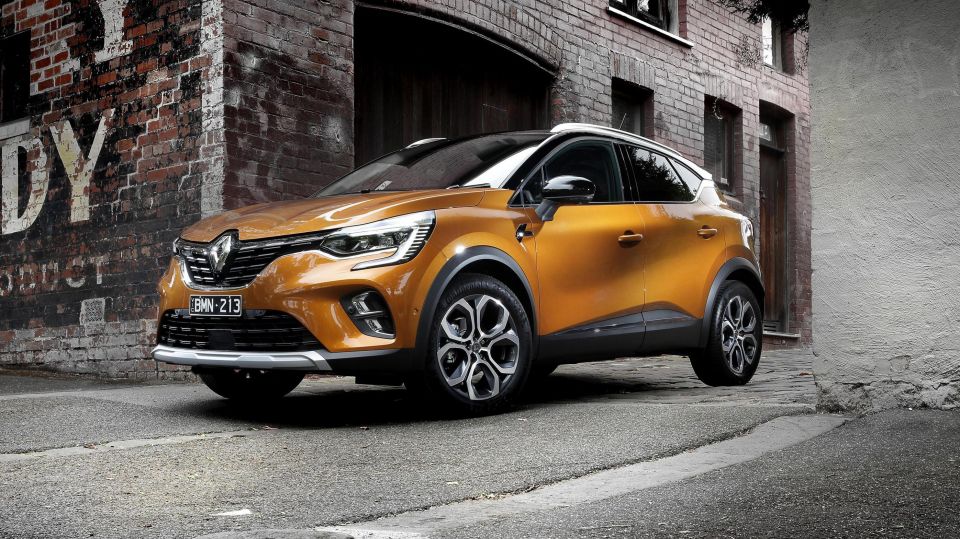
“What’s been missing from the brand really is a strong passenger or SUV offering. We’ve had Koleos but if you look at the balance of the brand, it has been very strongly orientated towards light commercial vehicles over the last year or two,” he claimed.
“So part of what we want to do is bring back some balance to the business, to the passenger range as well. And we’ll do that through keeping the Koleos going, introducing Captur [chic small SUV], and of course the Arkana [sloping-roof crossover SUV] by the end of the year.”
Digging through the archives, the pattern becomes clearer. Renault’s best sales year here was 11,525 sales in 2015, when 32 per cent of its total sales came from the Kangoo, Trafic and Master vans.
In 2019 this had grown to 49 per cent, and topped 52 per cent during 2020.

“[New] Captur is a terrific car, Koleos is good and honest, and Megane [RS] is one of those rare commodities with 300 horsepower running through the front wheels, four-wheel steer and a manual transmission still available. It is a rare beast,” Mr Sealey claimed.
On that note, Australia was regularly a top-tier global market for Renault Sport products, alongside Japan, the UK and France. But recently this has gone off the boil a bit, not helped by the global decision to discontinue the Clio RS. But performance still has a place for this market, says Mr Sealey.
“When you look at the brand and how it’s going to emerge globally, that sport side will be taken up by Alpine. Renault Sport is really winding down over the next 12 months… That’s something that we are entirely behind. We think setting that up as a separate brand, and running it strongly, is good,” he said.
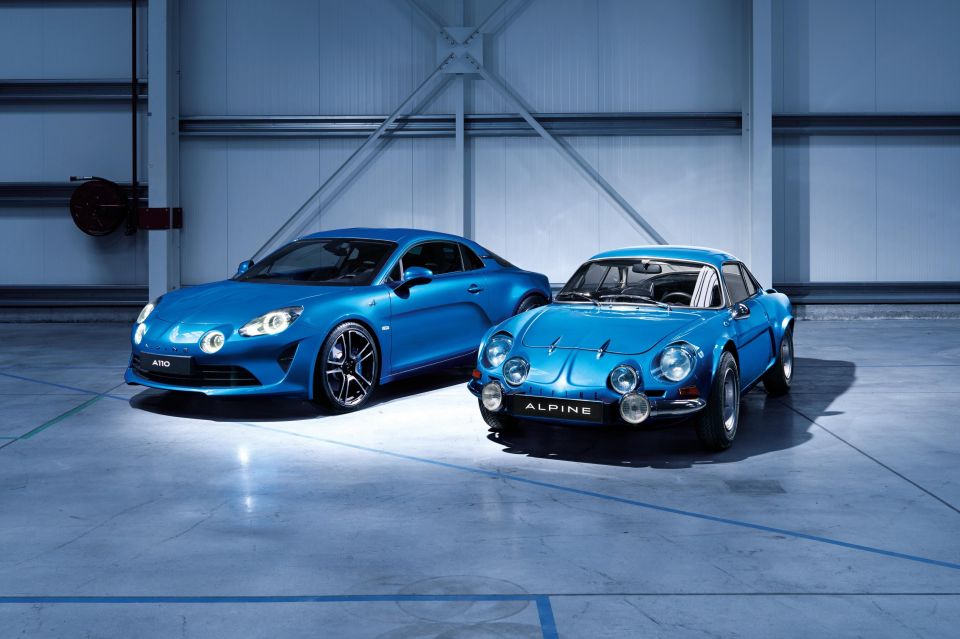
“Today we’ve got performance in our internal combustion engines, but tomorrow performance will be governed by batteries. It’s a very different conversation, it’s a very different feel, and so it needs a new take.”
On the subject of electrification, there are myriad options. Renault Australia currently sells the Kangoo ZE electric van, but its high price means negligible sales. Before relinquishing local management, Renault Australia also made the call the axe the Zoe – regularly Europe’s biggest-selling EV – from its range, citing a lack of market demand.
Renault Europe has also launched PHEV versions of the Megane and Captur, and teased the upcoming Megane E-Tech electric vehicle which it has confirmed will be introduced in 2022, based on a full EV architecture.

“For Australia, I still see a strong future for internal-combustion engines. At the end of the day, until EVs come close to the same cost as an internal combustion engine in countries like Australia where there isn’t a tax incentive or tax advantage, and we do have reasonable distances, I still see a future,” Mr Sealey said.
“Hybrid will become a significant player, particularly in markets like Australia, but today there’s still a cost to hybrid and the public has shown with their wallets… the vast majority of cars sold today are still using internal-combustion engines.
“We’re in the process now of considering ‘do we do hybrid’, or ‘do we just go electric?’ If you look at the diversity required to run three drivetrains per model, it doesn’t make sense.”
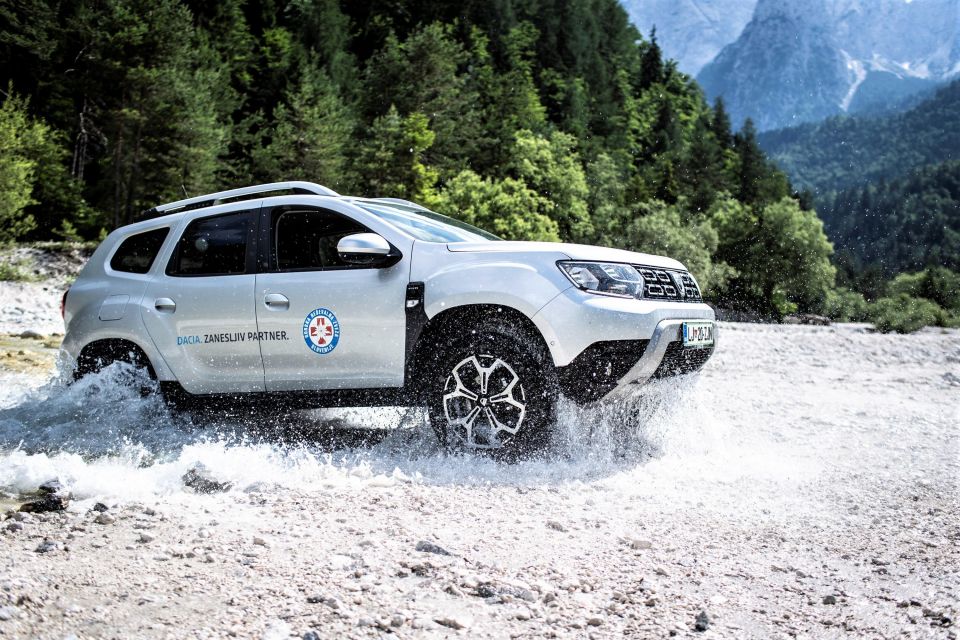
One thing we do know is on the cards is the launch of Dacia products – something Renault Australia regularly considered but never found a business case for.
“We are an entrepreneurial company. So as an entrepreneurial company, we assess all commercial opportunities in front of us,” Mr Sealey said. “We have seen the success of Dacia in other markets, and for sure it’s a brand we would put our hands up for.
“But how that would be structured moving forward is yet to be determined. And indeed, whether Dacia can be as competitive in Australia as what it is in Europe, is also yet to be determined. As long as it’s commercial, we will look at it.”
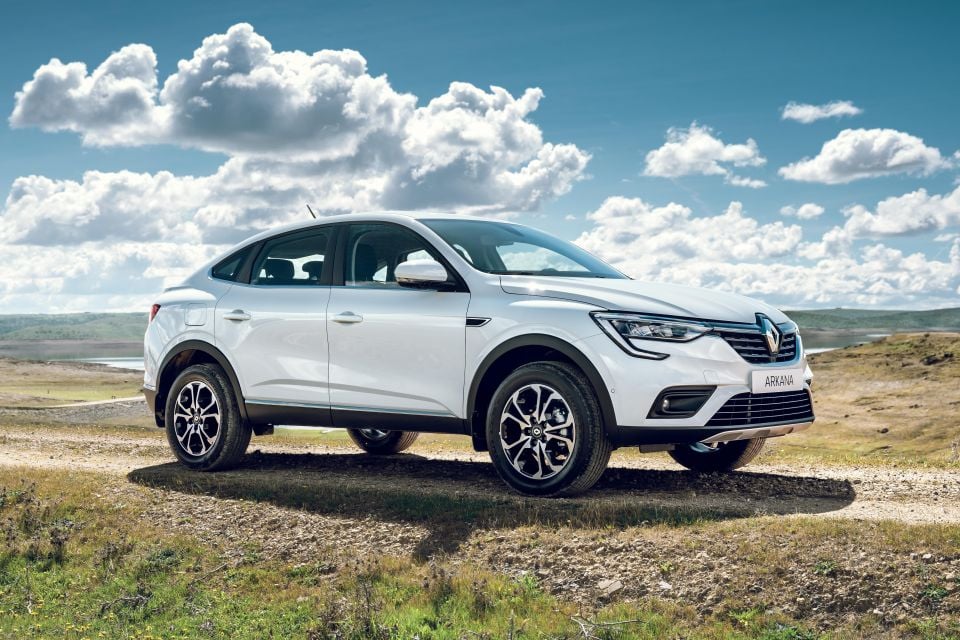
What other products are coming? The slinky Arkana coupe-SUV will come out of South Korea (like Koleos) to Australia before the end of 2021, as a replacement for the European-made (therefore pricier) Kadjar.
“One of the things Arkana does is it puts design firmly back into the spotlight for the Renault brand. Renault has always been famous for its wonderful designs,” Mr Sealey claimed.
“What it does do, also, is for the first time it offers that coupe-SUV design in that sort of aspirational mainstream-brand area. We’re very excited by it.
“By the time you look at Captur, Koleos and Arkana, we’re really playing in the largest part of the market. And if you’re going to be in this market, you’ve got to be in the large part.”
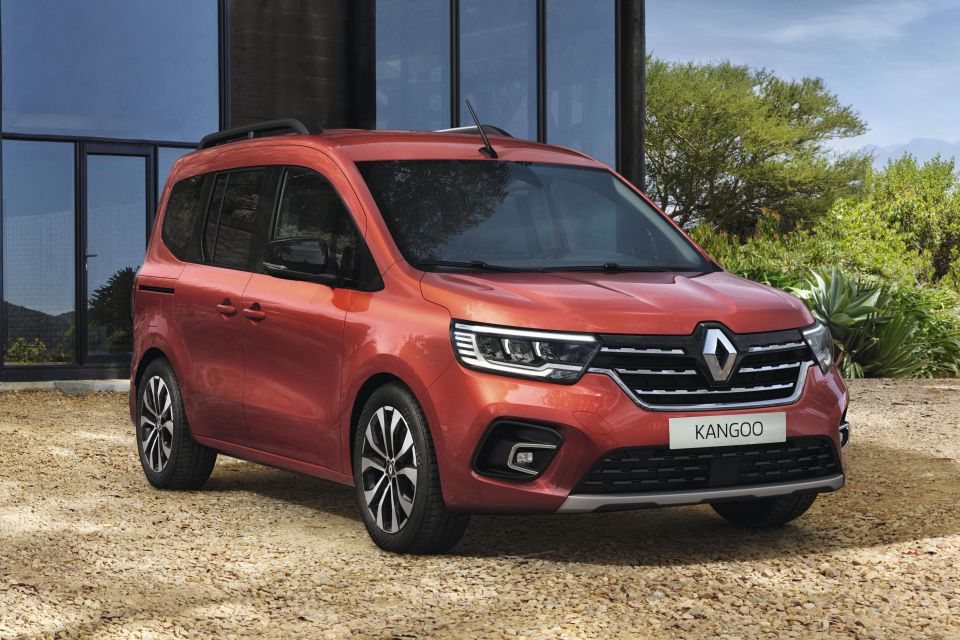
The current Koleos will also run “for two years at least” before being replaced, Mr Sealey added, even though new versions of the Nissan X-Trail and Mitsubishi Outlander (the current Koleos and X-Trail are the same car underneath, and Mitsubishi is now part of this Franco-Japanese alliance) are out and about.
Another addition for 2022 is a brand-new version of the Kangoo revealed recently – “we will for sure have our hand up for that”, Mr Sealey said.
“Renault makes no secret of having plenty of new products in the pipeline at the moment. And we are very excited by all the new product that’s been put on the plate, so to speak,” he promised.
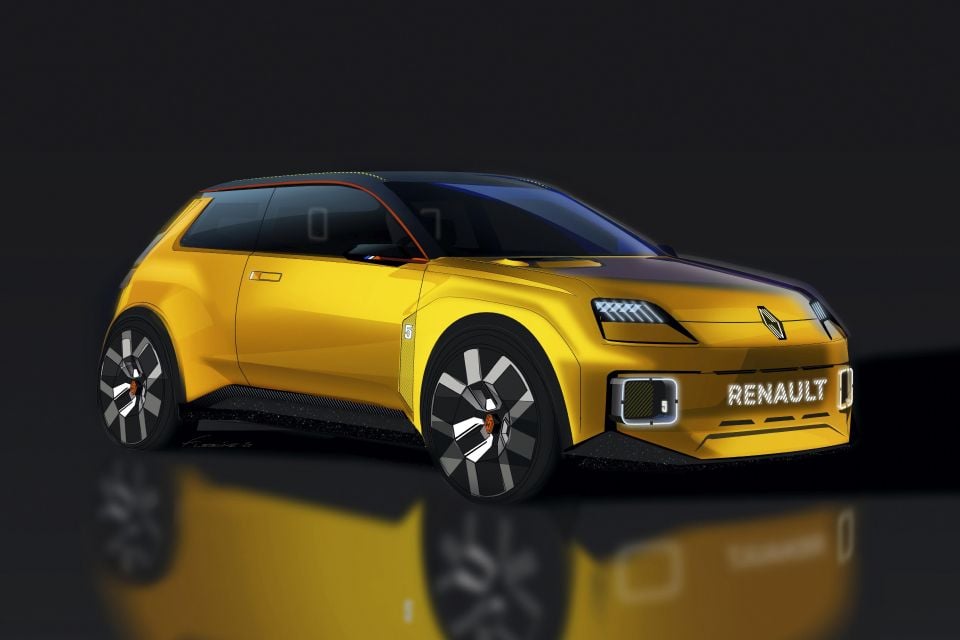
“Things like the [reborn EV] Renault 5, Renault 4, all of these vehicles that are scheduled to be in the market sort of by 2025 create a really exciting brand for Renault. They are good, solid striking cars that stand out.
“… In terms of all new product coming from Renault, assuming it’s commercial in the market, and it can meet the unique regulations of the Australian market, we for sure will have our hand up.”
Don’t expect the Clio to return though. Sales and profits in the light-car market have made that segment untenable for many brands. Even Hyundai has pulled out.
MORE: Renault lays out five-year product plan
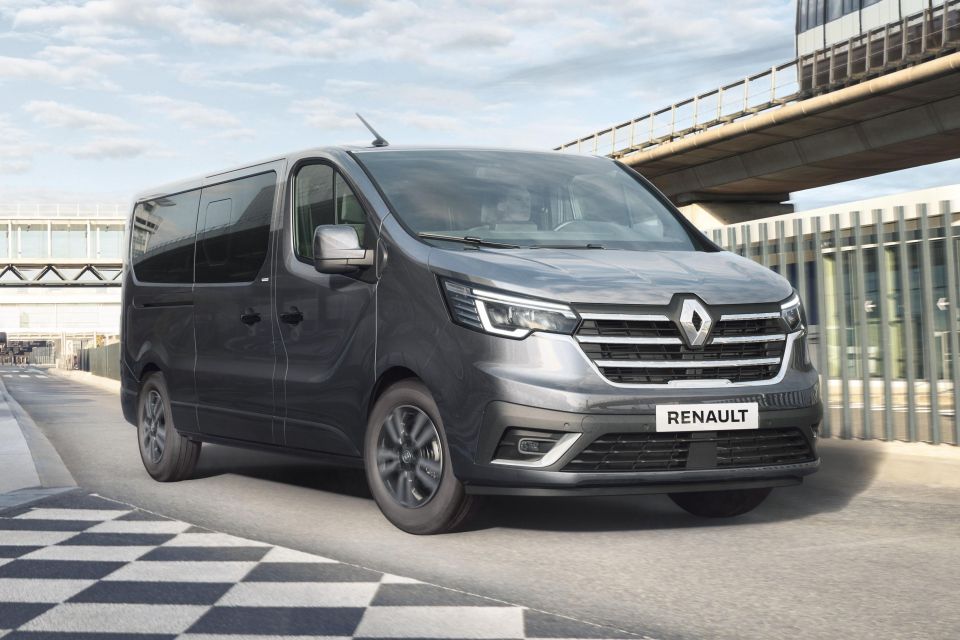
In terms of volume, as we said earlier Renault’s fortunes have flagged in recent times. From 11,525 sales and 1.0 per cent total market share in 2015, to 8534 sales and 0.8 per cent share in 2019. In 2021 this has fallen further to 0.5 per cent share, albeit with stock-related explanations.
To this, Mr Sealey said: “Volume is one thing. But a sustainable business is more important. And when I say a sustainable business, I mean a sustainable business for us, and also a sustainable business for our dealer network.”
This echoes the sentiment of newish Renault global CEO Luca de Meo, who plans to step away from an “immoderate quest for volume” and “unresolved approach to market and brand portfolio management”, and focus on developing and manufacturing cars more efficiently in search of greater profit.
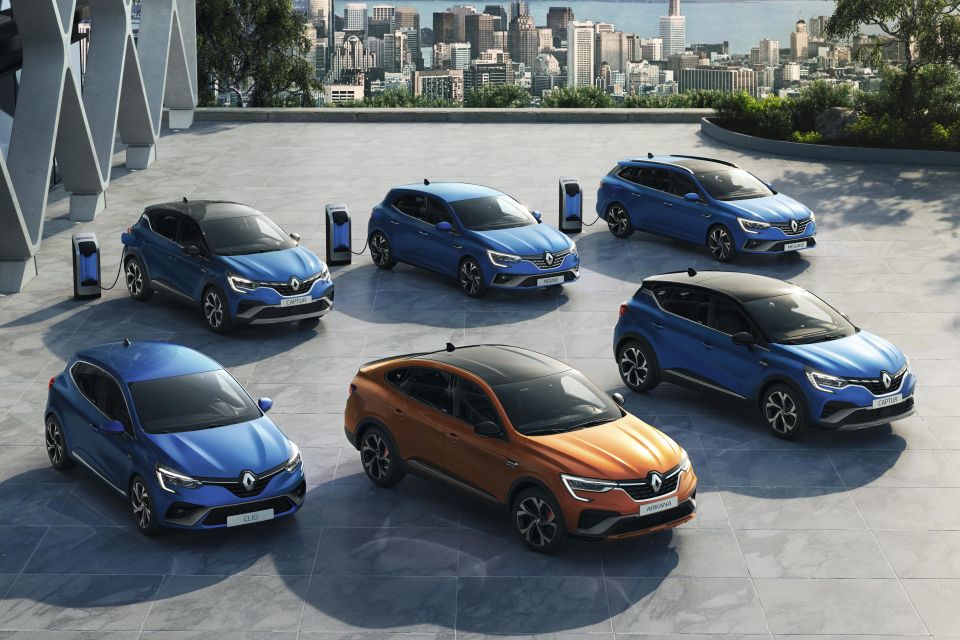
“Now within that, there’s obviously a level of volume that you would like to achieve. But it’s never volume for the sake of volume,” Mr Sealey added. “We are looking for a sustainable business model within Australia. And to be frank, I don’t think we’re the only one looking at that. Every brand is…
“It’s an aggressive market, there’s a significant number of brands in a very small marketplace. And in the area where we compete, particularly in the passenger/SUV [side], it’s a very aggressive and competitive market. It’s just unbelievably aggressive and competitive.
“So the complexity of the Australian market being right-hand drive, combined with unique design regulations [ADRs], and a very competitive landscape at that lower end, means you really have to assess what you’re doing, how you’re doing it, and making sure that there’s a level of sustainability within that.”

When asked to sum up the challenge ahead, Mr Sealey said simplifying the business, engaging with dealers, and talking to customers in an exciting way were going to be keys to making the business swim rather than sink.
“We need to build the brand. We’re not taking over, standing back and seeing how it goes. We’ve got a significant marketing spend out there. We want to put a strong focus on the positioning of the brand. We don’t kid ourselves as to where we are,” he said.
Where expert car reviews meet expert car buying – CarExpert gives you trusted advice, personalised service and real savings on your next new car.


Max Davies
1 Hour Ago


William Stopford
1 Hour Ago


Derek Fung
2 Hours Ago


Max Davies
9 Hours Ago


William Stopford
1 Day Ago


Ben Zachariah
1 Day Ago